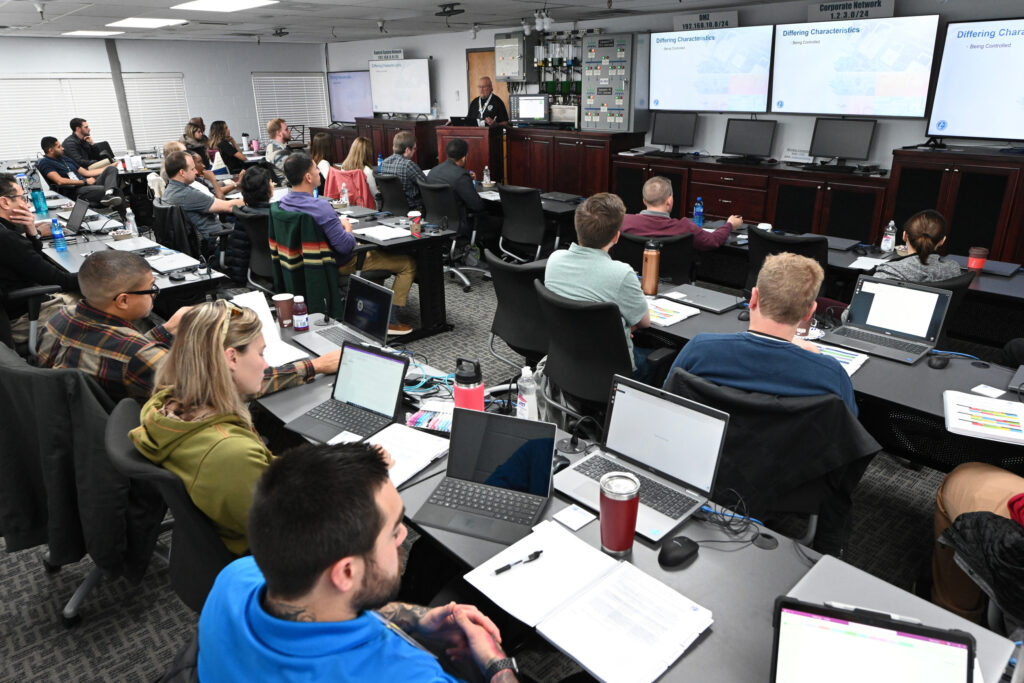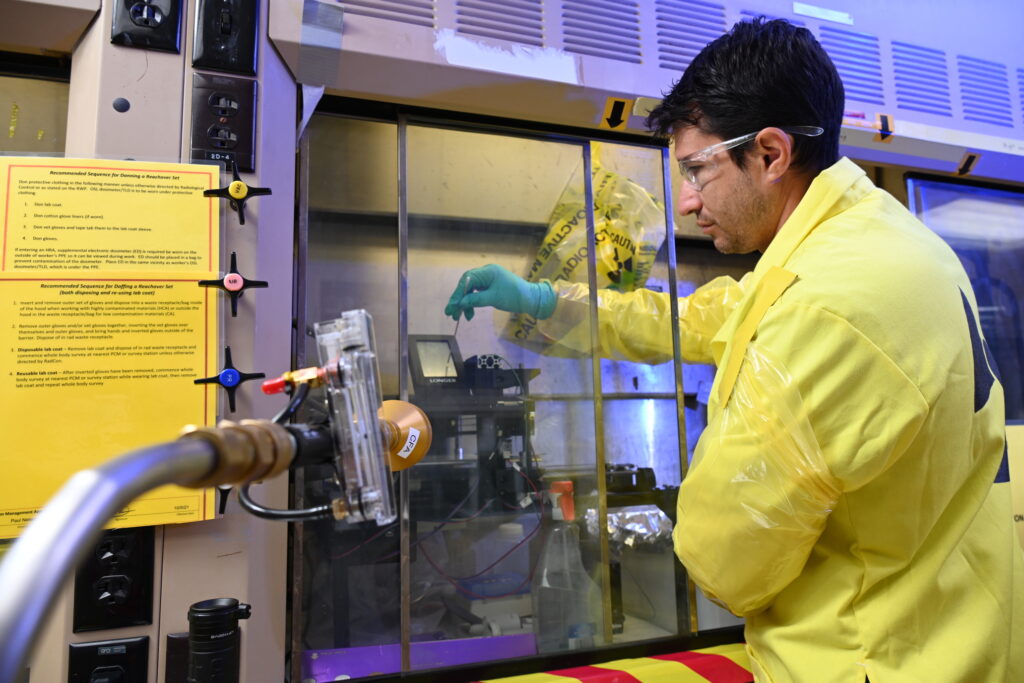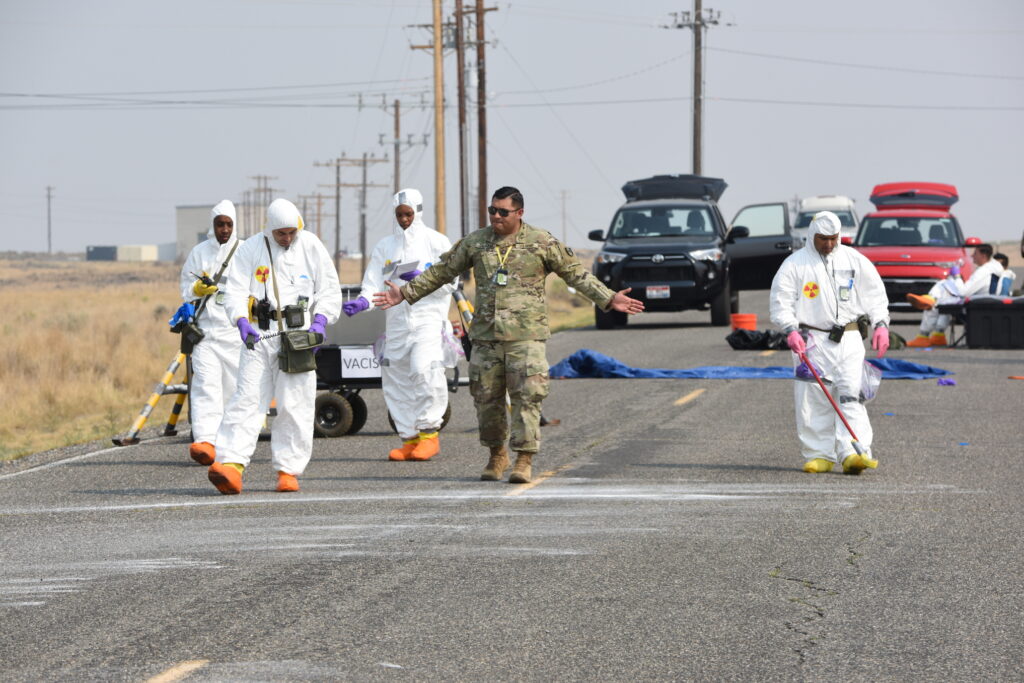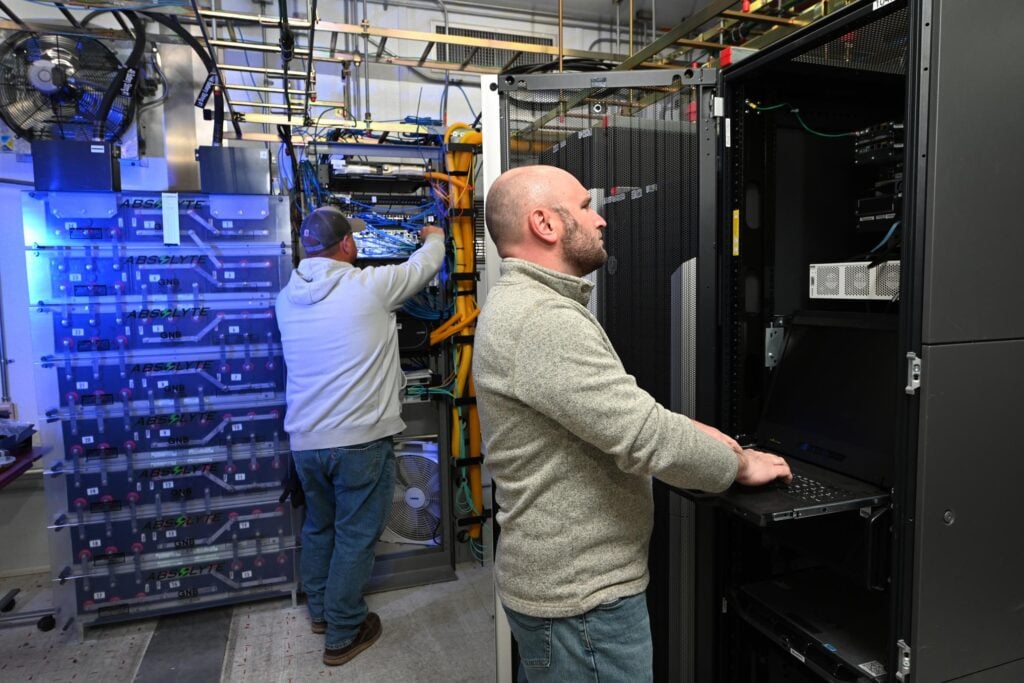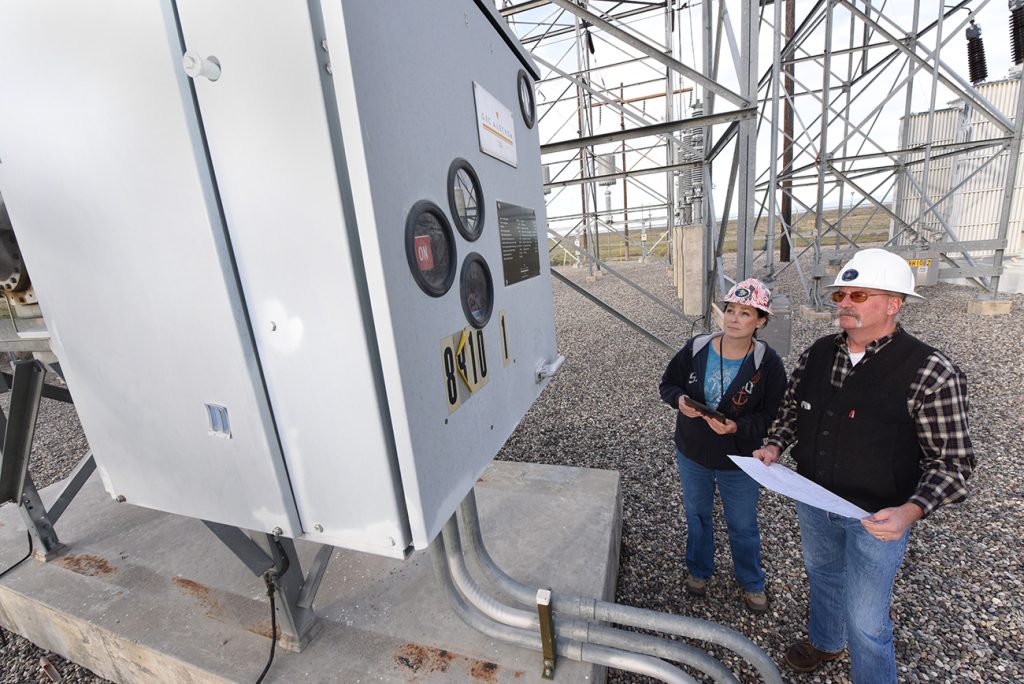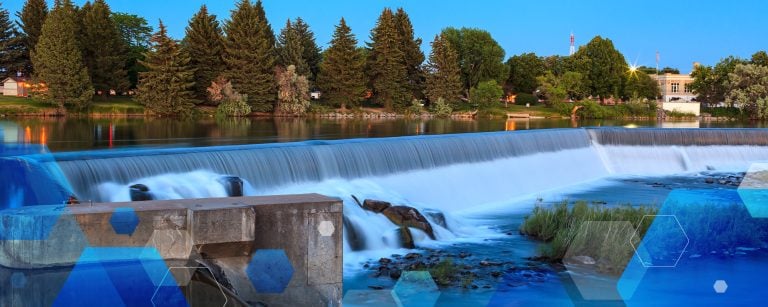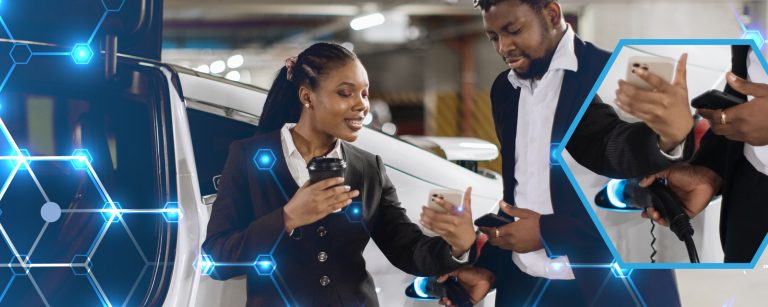Integrated Energy
An innovative energy future, brought to you by INL
Every day, INL’s talented scientists and engineers discover new technologies that improve energy efficiencies, develop stronger materials, and lead us to a sustainable tomorrow.
With their efforts, you might soon…
- Charge your electric vehicle in less than 15 minutes.
- Reliably power your home using a combination of renewable energy sources.
- Upgrade your recycling impact by turning household waste into biofuel.
Research Capabilities
INL researchers are studying ways to provide practical and reliable energy options for people and industries, including microgrid systems, water treatment capabilities and chemical production. Their work combines world-class technologies to bring more solutions into today’s industrial landscape.
- All Capabilities
- Nuclear Energy
- Integrated Energy
- National Security
INL researchers are studying ways to provide practical and reliable energy options for people and industries, including microgrid systems, water treatment capabilities and chemical production. Their work combines world-class technologies to bring more solutions into today’s industrial landscape.
INL is at the forefront of the nation’s research in advanced nuclear energy technology. Our scientists and engineers study reactors and materials that improve efficiency across all energy sources and help us explore new worlds.
INL researchers are studying ways to provide practical and reliable energy options for people and industries, including microgrid systems, water treatment capabilities and chemical production. Their work combines world-class technologies to bring more solutions into today’s industrial landscape.
To solve some of our world’s biggest challenges, scientists must spend years collecting data, analyzing the results and testing new solutions. But what do you do when the world requires a solution right away?
When a problem has national security significance and time is critical, people turn to places like Idaho National Laboratory.
National Security Testing
A variety of full-scale and practical testing opportunities for federal and industrial collaborators.
National Security Workforce Development
INL has solutions to help you or your team adapt to evolving national security challenges and threats.
Nuclear Nonproliferation
Advance nonproliferation technologies to enable expansion of nuclear energy.
Defense Systems
Ensure U.S. technical superiority in materials science and armor-related defense systems.
Wireless Communications Research
Provide configurable discovery, research and evaluation of wireless security.
Infrastructure Security and Resilience
Leading innovation to protect the modern power grid from cyber and physical threats.
INL in the News | Integrated Energy
In many electricity markets, hydropower operators earn a significant portion of their revenue from the day-ahead market. In this market,...Read More
Camp Buehring, a United States military base nestled in northern Kuwait just 20 miles from the Iraqi border, faces a...Read More
When reviewing electric vehicles (EVs), automobile journalists usually cite a long list of superlatives — they’re quick, quiet, reliable and...Read More
Frequently Asked Questions
INL researchers develop new systems, tools and techniques to reduce carbon emissions by increasing the use of renewable resources and decreasing reliance on fossil fuels and harsh chemicals. INL’s contributions to global sustainability include fast-charging batteries for electric vehicles, biofuel production, integrated energy systems that will increase reliability of the electrical grid, recycling and waste management, new materials science, and more.
Sustainability is at the forefront of everything we do at INL. Our research focuses on things like microgrids for fast-charging vehicles, energy-efficient solutions for recycling electronic devices and approaches for a more holistic use of renewable energy sources. The work we do at INL advances the nation’s goal of realizing a carbon-free future.
As the global population grows, so do our demands on the planet. Access to affordable, abundant energy is a key enabler of improved quality of life and sustained economic prosperity. That’s why INL is creating better ways to provide electricity, fuel vehicles and manufacture goods that use less energy and fewer harsh chemicals that create harmful byproducts. These efforts will lead to cleaner air and water, providing all living things the chance for a long, healthy future.
Recycling will always have a place in creating a sustainable future. Recycling household waste, worn clothing, used electronics, industrial wastewater and other byproducts contribute to an energy efficient future. Recycling also helps the U.S. rely less on foreign trade for materials and goods that cannot be domestically sourced. Every little bit makes a difference, so while you continue to recycle at home, we will continue to research technologies that make recycling more economical, energy efficient and socially responsible.
INL researchers are advancing vehicle technology so we rely less on fossil fuels. From improving electric vehicle charging, to microgrid technologies that reduce burden on the electrical grid, to fuel cell technology where the only byproduct is water, our research is focused on creating technologies that reduce negative environmental impacts. Further, INL’s on-the-road vehicle systems analysis and data integration make it possible to validate and improve industry designs while helping establish U.S. and international standards for testing, regulation and performance.
Energy storage is a crucial component when integrating renewable energy resources with the electrical grid. Batteries allow for electricity to flow when intermittent power sources, like wind and solar, are idle. Battery efficiency is important for electric vehicles to drive farther between charges. Plus, safety is a concern for all aspects of battery use. INL researchers analyze and improve on battery technology every step of the way, from safe practices to improved design and manufacturing.
Today’s electrical grids are the primary way to deliver electricity to households and businesses. The new energy sources coming online will challenge the grid in new ways. For example, renewable sources such as wind are intermittent and can drop off without notice. Grids with more sources of renewable energy can be technically and economically challenging to stabilize. Advances will be critical for making the future grid reliable and resilient. For example, “shock absorbers” such as energy storage systems can help minimize brownouts or power surges. At INL, we reduce risks to the grid by testing new technologies in the lab before they are used in the field.
Bioenergy is produced by using organic materials like algae, lumber byproducts, inedible crops, municipal waste and manure. Refineries process these raw materials, called biomass, to create solid or liquid fuels that can be burned to create electricity. INL has a state-of-the-art facility that troubleshoots supply systems to efficiently and sustainably deliver large quantities of biomass.
Not finding what you are looking for? Please send your question to [email protected].


